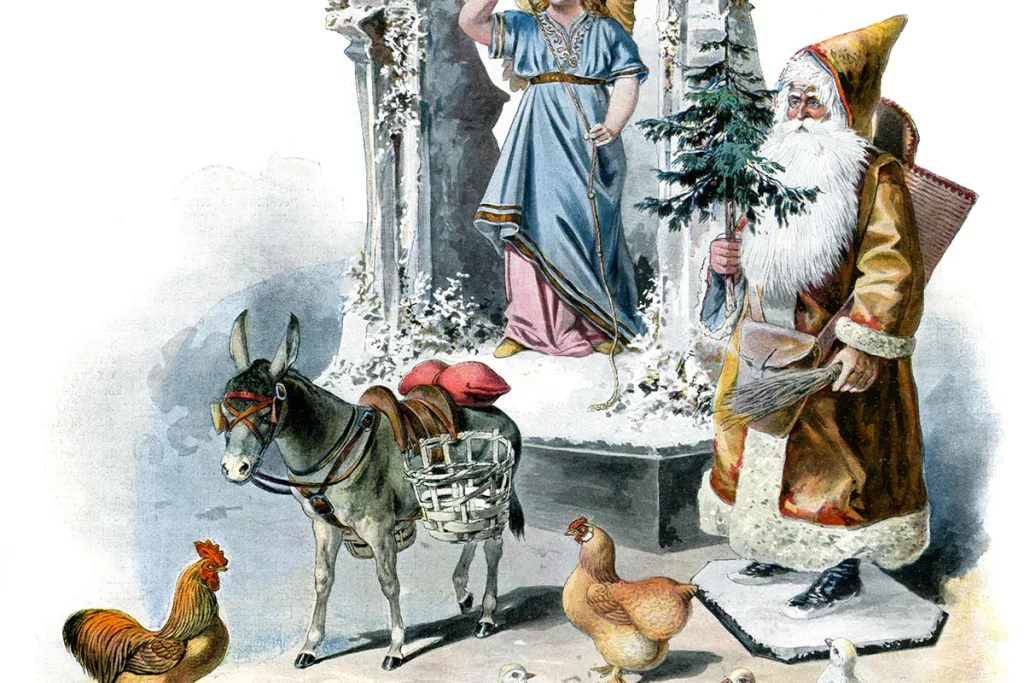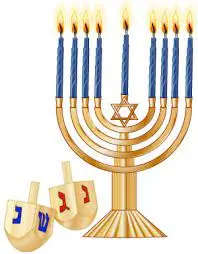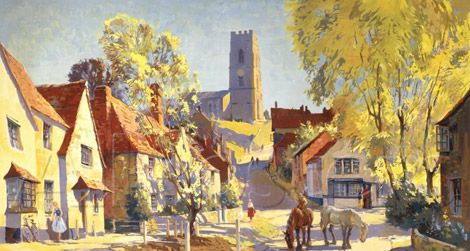All You Wanted to Know About Santa Claus
My twin brother and I believed in Santa Claus until our older, wiser brother broke our innocence when we were six. Though Santa Claus is not part of the Jewish tradition, his actions of giving are.
It all began during the 4th century CE near modern day Demre, Turkey, when the kindly Bishop of Myra, Nicholas first appeared. He had a reputation of generosity and kindness. When he heard about three sisters needing dowries so they could marry good men, Nicholas tossed three money sacks on the back of his donkey and placed his gift through their open window. The ladies married good men and had happy lives. Due to his history of loving kindness and generosity, the Catholic Church made him a saint on June 5, 1446 becoming the patron saint of children.
When the Dutch settled New York in the 17th century they brought their Sinterkaas tradition with them. The Puritans in Massachusetts Bay Colony weren’t impressed. They were against Christmas merriment and actually banned Christmas celebrations. If someone ignored the ban, they were fined five shillings, about $50 in today’s money.
Because Saint Nicholas used a donkey to deliver his gifts centuries ago, children in Northern Europe celebrate this saint by leaving their shoes at the door filled with carrots and twists of hay with hopes their kind gifts to the donkey will be rewarded with small gifts for them stuffed in their shoes.
The Santa Claus flying around the world in a sleigh led by reindeer wasn’t realized until December 23, 1823, when a Troy, New York newspaper published a poem, “A Visit from St Nicholas.” The anonymous author described a red-suited, white-bearded little man with a big belly. His donkey was replaced by eight reindeer that flew the little elf’s sleigh from roof-top to roof-top filling stockings and giving gifts to well-behaved children. But how about the poorly behaved kids? In Austria, children on Santa’s naughty list need to watch out for Krampus, a half man, half goat creature who may kidnap the worst ones and take them to hell.
Santa Claus began sending representatives to department stores back in 1841. It started with a Philadelphia dry goods store owned by JW. Parkinson. Parkinson hired a neighbor to dress as Kris Kringle to make an appearance at his shop to lure holiday shoppers. In 1924 Macy’s, located on 34th Street in New York City, took it a step further by starting the holiday season with a Thanksgiving Day Parade featuring colorful floats, professional bands, live animals, and you guessed it—Santa Claus.
As I said earlier, Kris Kringle may be Jewish. Tikkun Olam is a Jewish concept which refers to actions intended to repair and or improve the world, something Santa Claus does every year. Would you believe the cheerful Zayde (Yiddish for grandfather) gives non-Jewish children gifts on Christmas to make up for the eight nights Jewish children experience over Hanukkah?
No matter, as the poem says, “Merry Christmas to all, and to all a good night.”






